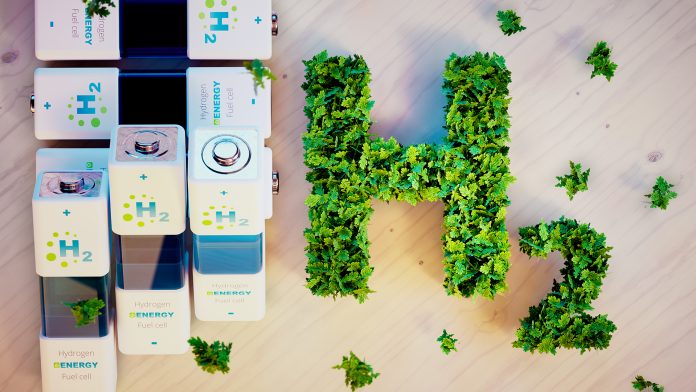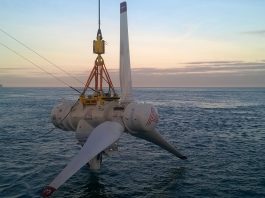A team of Australian researchers have made a significant breakthrough in producing green hydrogen, developing a novel technique that may revolutionise how we generate clean energy.
The team, comprised of scientists from Curtin University, have created an innovative, cheaper, and more efficient electrocatalyst that can produce green hydrogen from water, an advancement that may potentially open an array of avenues for large-scale clean energy production.
The research, titled “Ni2+/Co2+ doped Au-Fe7S8 nanoplatelets with exceptionally high oxygen evolution reaction activity”, is published in Nano Energy.
Developing a new electrocatalyst
In order to generate green hydrogen, scientists have traditionally utilised precious metal catalysts, such as platinum, to accelerate the reaction to break water into hydrogen and oxygen. However, Curtin researchers have discovered that adding cobalt and nickel to previously ineffective catalysts improve their performance, lowers the energy required to split the water, and increases the yield of hydrogen. The team believe that their innovation may have wider implications for sustainable green fuel generation in the future.
Dr Guohua Jia, the lead researcher from Curtin’s School of Molecular and Life Sciences, said: “Our research essentially saw us take two-dimensional iron-sulfur nanocrystals, which don’t usually work as catalysts for the electricity-driven reaction that gets hydrogen from water and add small amounts of nickel and cobalt ions. When we did this, it completely transformed the poor-performing iron sulphur into a viable and efficient catalyst.
“Using these more abundant materials is cheaper and more efficient than the current benchmark material, ruthenium oxide, which is derived from ruthenium element and is expensive. Our findings not only broaden the existing “palette” of possible particle combinations but also introduce a new, efficient catalyst that may be useful in other applications. It also opens new avenues for future research in the energy sector, putting Australia at the forefront of renewable and clean energy research and applications.”
The team are now working on testing their work on a larger scale to assess its commercial viability.
Dr Jia said: “Only 21% of energy is produced from renewables in the national energy market, which clearly indicates more efforts are required from Australia to make a transition from fossil fuels to clean energy. But this shift is only possible when the knowledge from the research sector gets translated into real-world solutions and applications in the energy sector.”
This study was a collaboration between researchers Dr Guohua Jia and Dr Franca Jones from Curtin’s School of Molecular and Life Sciences, and Professor Zongping Shao from WA School of Mines: Minerals, Energy and Chemical Engineering.









